When you buy a home, it is wise to have a septic system inspection unless you are on a public sewer system. A septic system consists of a tank and a drainfield. The tank holds the solids and the liquids overflow into the drainfield and are dissipated. In our Washington real estate forms and “Septic Addendum,” it is the seller’s responsibility to have the septic system inspected. The temptation of some buyers is to require a seller to pump the septic system, but that could actually cause damage to the system.
According to Jerry Jacobs shown in this photo inspecting a Sequim septic system, a tank should not be pumped unless it has 30% or more of solids in the tank. In a standard sized tank of 1,000 gallons, that would be 18 inches or more of solids. Why wouldn’t you automatically pump a tank clean even though it has less than 30% of solids? A septic system needs bacteria to work. The waste water separates into layers in the septic tank. This is where the process of decomposition begins. Bacteria, which are naturally present in all septic systems, begin to digest the solids that have settled to the bottom of the tank, transforming up to 50 percent of these solids into liquids and gases. If you pump a tank too early or too often, you inhibit the bacteria building and decomposition process.
Septic systems can last for years, but if not maintained properly, you could end up with a hefty expense some day. Here are a few important tips to make your septic system last forever. By the way, if you are a retired couple and don’t have a lot of company staying with you, you probably won’t have to have your septic tank pumped for many years.
- Do not use a garbage disposal. These items usually double the amount of solids added to the tank, and according to Jerry Jacobs is a major reason for septic system failure.
- Do not use your wash machine excessively. Also prevent clothing lint from getting into the system, because it clogs drainfields.
- Do not flush non biodegradable products into your system (read the content descriptions on packages).
- Do not dump solvents, oils, paints, thinners, disinfectants, pesticides or poisons down the drain which can disrupt the treatment process and contaminate the groundwater.
- Do not dig in your drainfield or build anything over it.
- Do not drive over your drainfield or compact the soil in any way.
- Do not plant trees or shrubbery in the absorption field area, because the roots can get into the lines and plug them. Grass is the only thing that should be planted on or near a drainfield.
A special thanks to Jerry Jacobs for sharing his wisdom with this author.
Last Updated on February 19, 2010 by Chuck Marunde

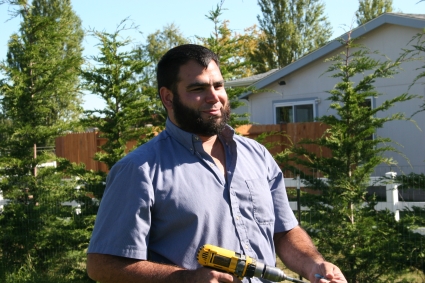
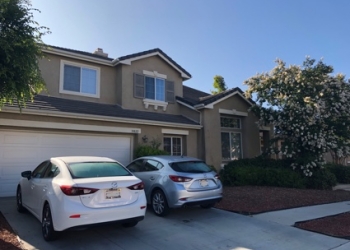
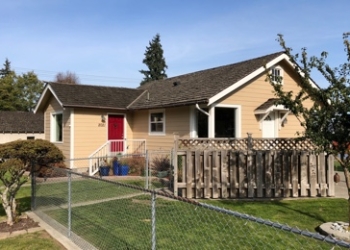
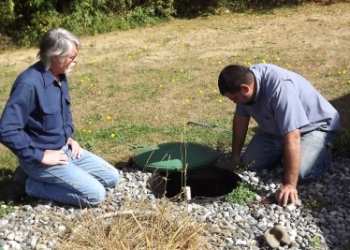
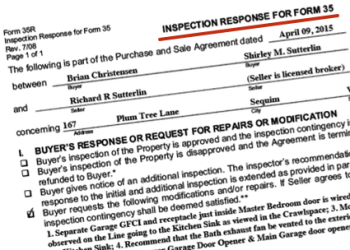
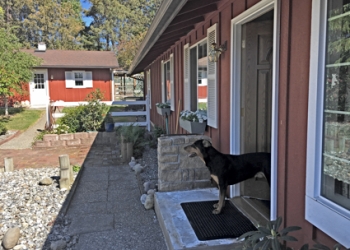
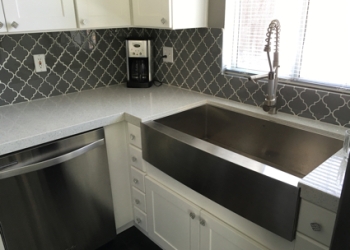


























Sequim is absolutely beautiful. Love your blog, too.